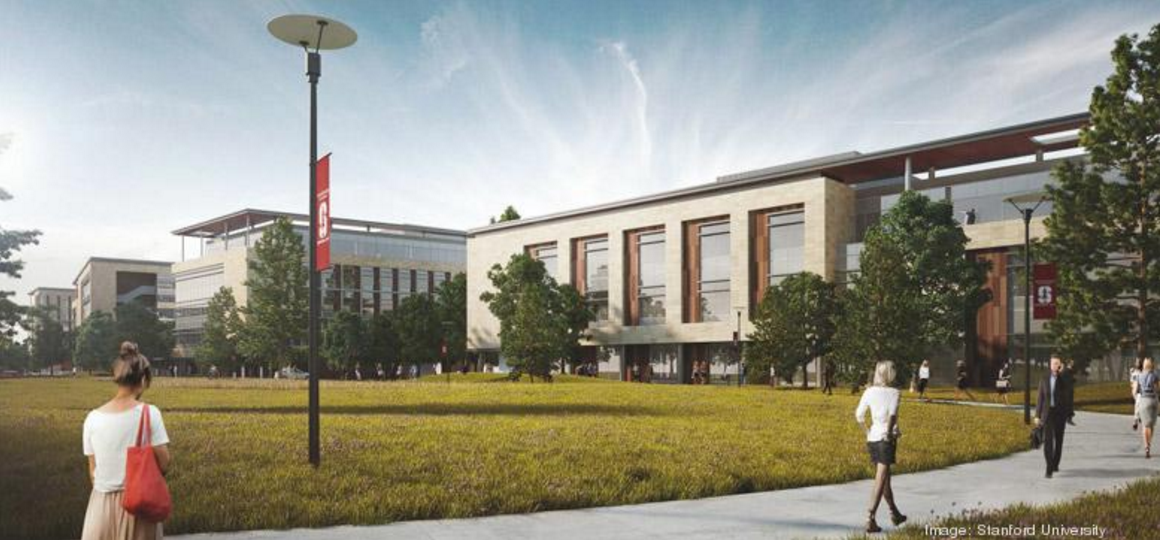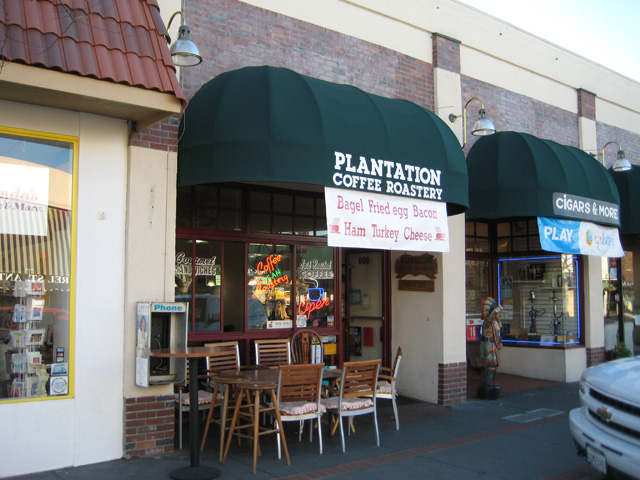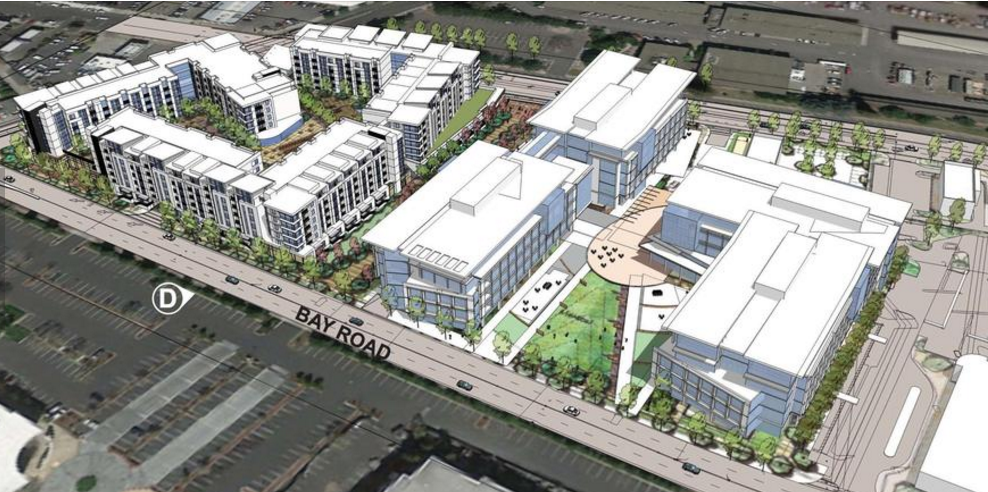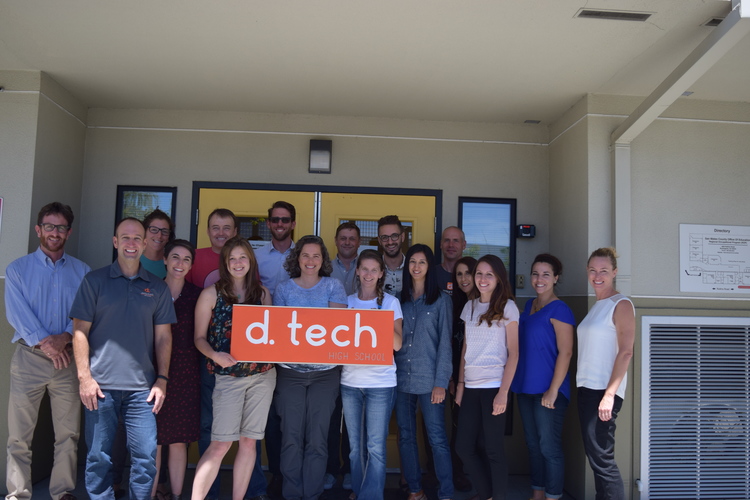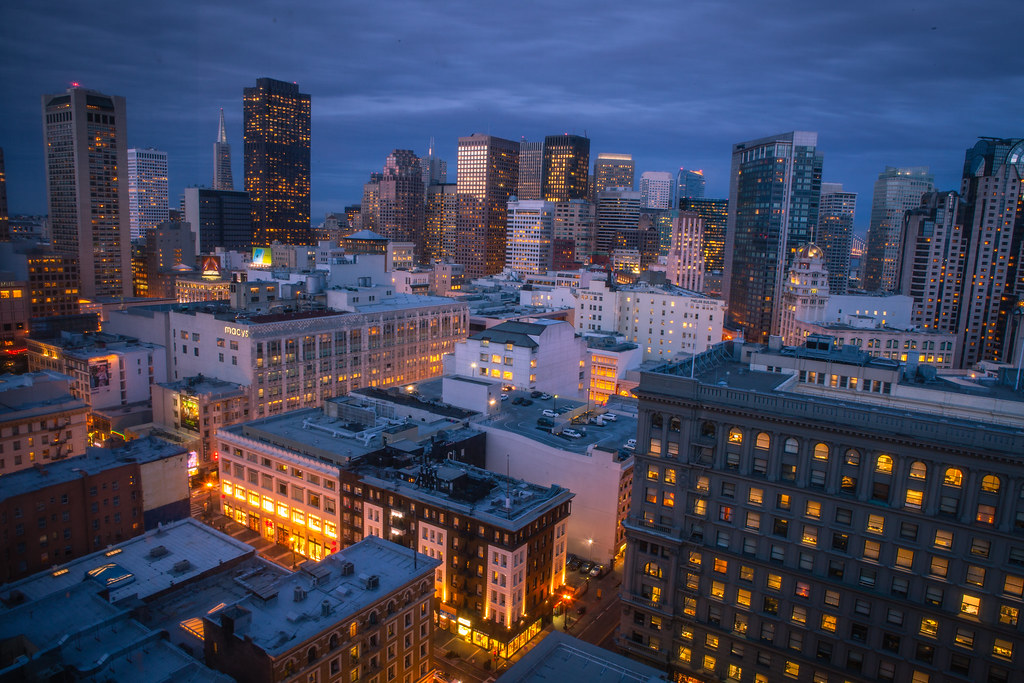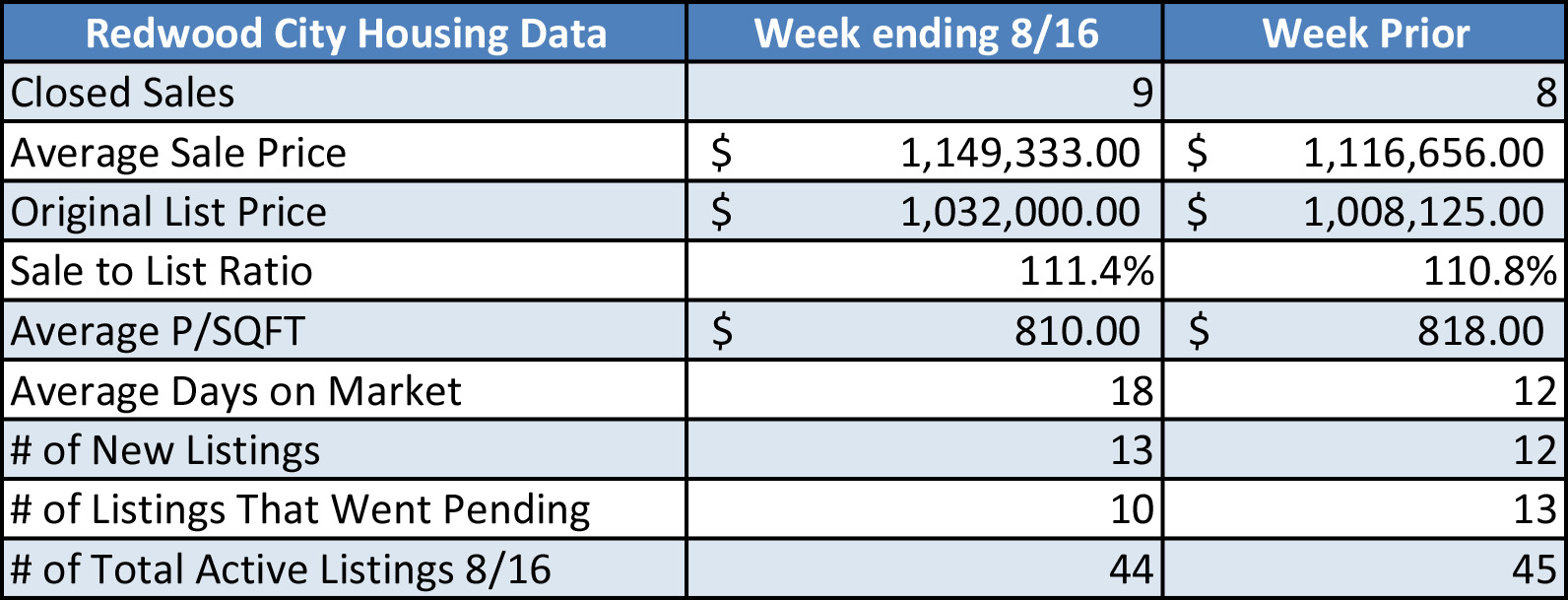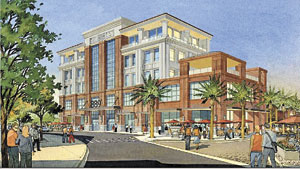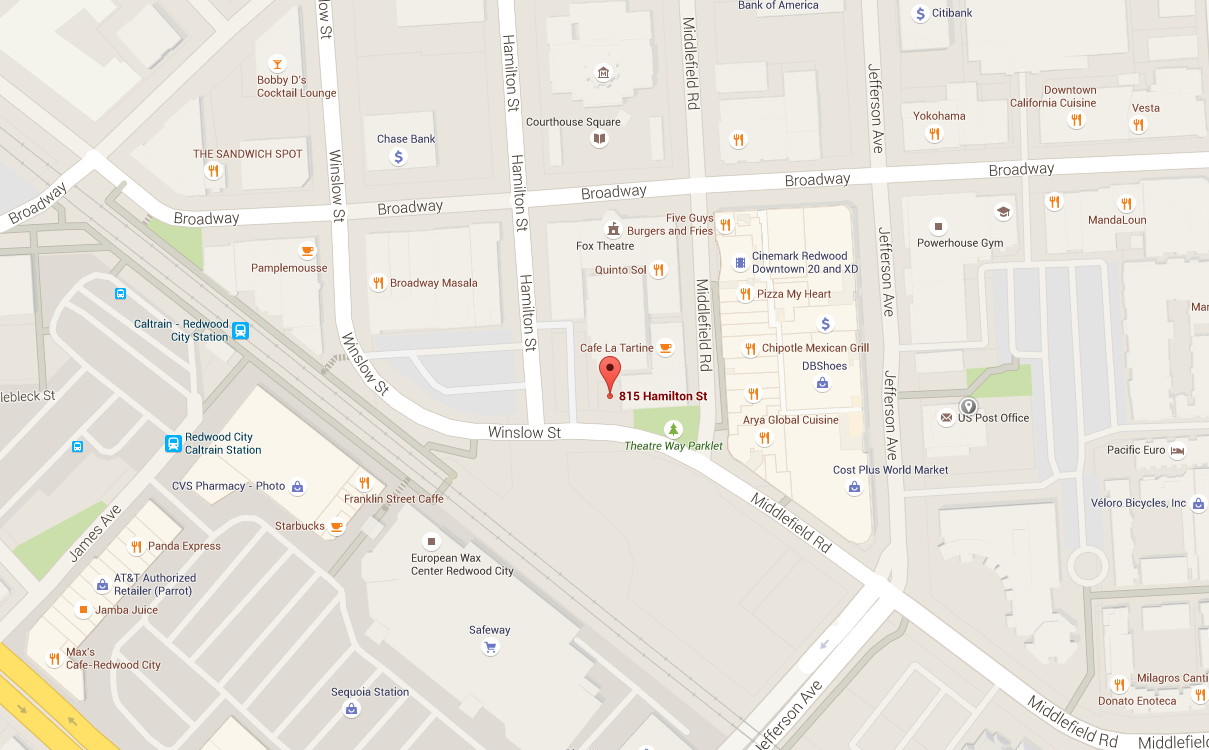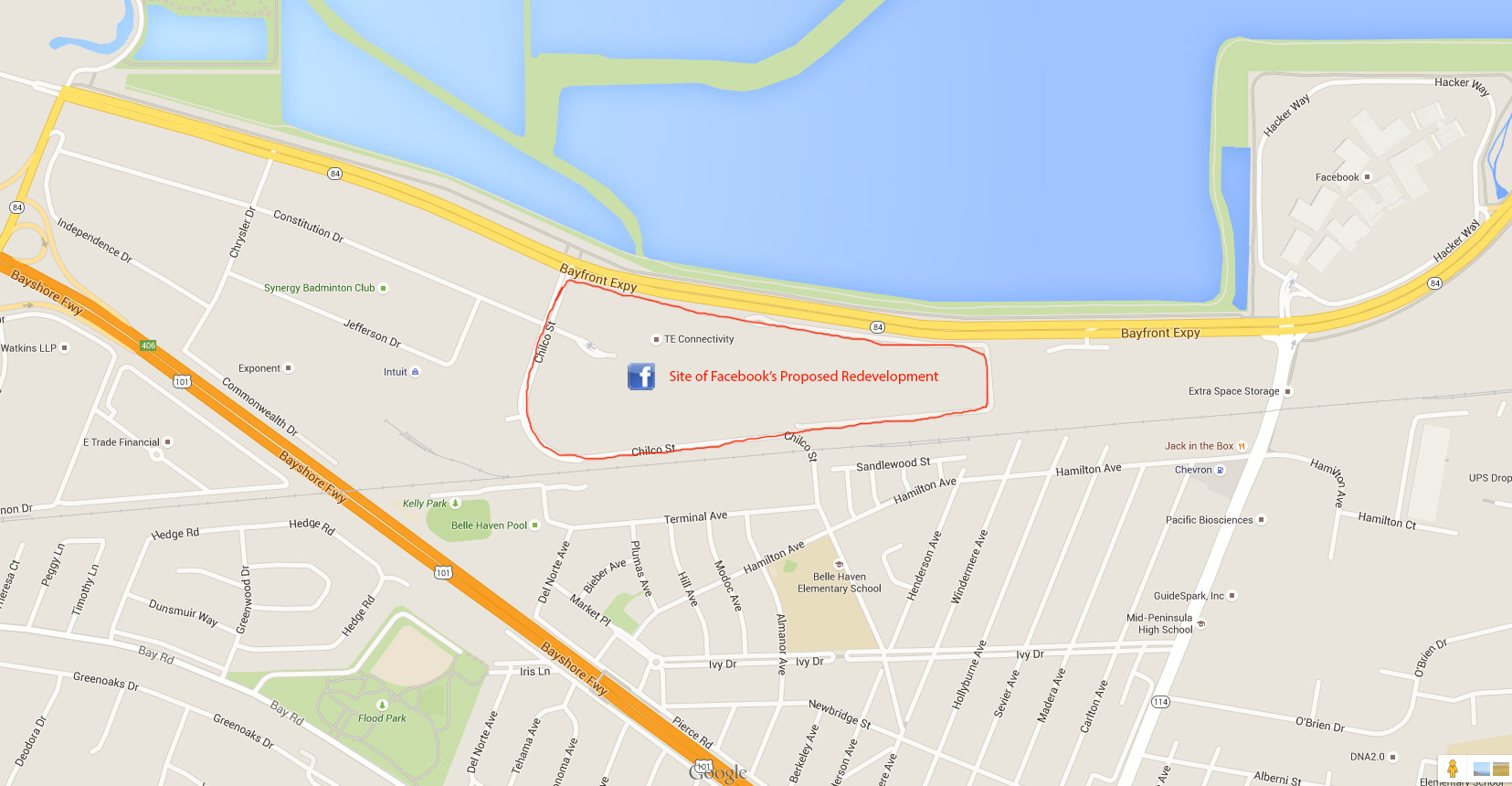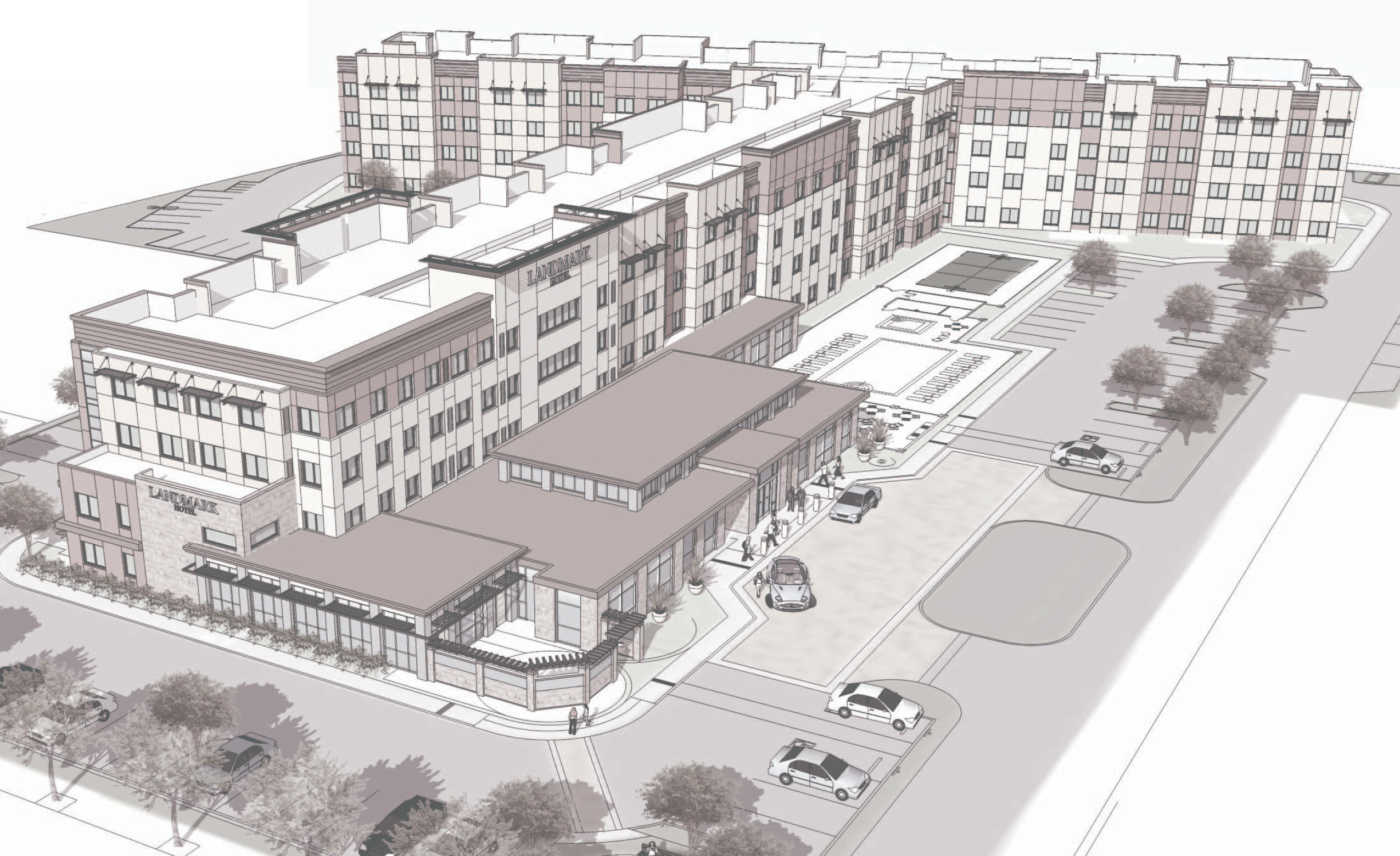Stanford University's Redwood City campus is one step closer to becoming a reality. Last week, the Board of Trustees approved design plans for the 1.5 million S/F campus, and will submit them to the City of Redwood City for design approval by early 2016.
The Redwood City campus will be the University's first significant expansion outside of the main campus. It will be home to around 2,300 Stanford employees in such critical areas as the Graduate School of Business; School of Medicine administration; Stanford Libraries and University Archives; the major administrative units of Business Affairs; Lands, Building and Real Estate; University Human Resources; Residential & Dining Enterprises; and the Office of Development.
Richard Livingston, Stanford University's CFO/VP of Business and Affairs, will be among the 2,300 faculty making the move to Redwood City.
Stanford purchased the Midpoint Technology Park back in 2005 as a part of their plan for future growth. Now a decade removed from the purchase, it appears the future has arrived. The 35-acre site, located at the old Midpoint Technology Park on 405 Broadway, will be home to:
-High-end fitness center with a pool
-Modern child care center
-Cafes and a food pavilion
-A town square that will serve as the civic heart of the campus
-Ample parking
-Open spaces and attractive landscaping
-State-of-the-art buildings with ample light and views
-Areas for collaborative working and conferencing
-BeWell programs
-Shuttle service and traffic management programs
-Modern child care center
-Cafes and a food pavilion
-A town square that will serve as the civic heart of the campus
-Ample parking
-Open spaces and attractive landscaping
-State-of-the-art buildings with ample light and views
-Areas for collaborative working and conferencing
-BeWell programs
-Shuttle service and traffic management programs
"Stanford's Redwood City campus will be infused with the ethos of the main campus, drawing from programmatic, cultural and design attributes", said David Lenox, the University's architect. "It will feel like Stanford. Covered arcades along the greenway connecting buildings and landscaped spaces; the use of warm, high-quality building materials in the Stanford palette; and spaces for active and passive recreation are just a few examples."
Redwood City already approved Stanford's development plan back in 2013 (which includes $15.1 million towards public benefits), as well as the accompanying environmental impact report, and community benefits package. Assuming the city approves this recently unveiled design plan, the project's groundbreaking is tentatively set for the Fall of '16, with the first phase of construction being completed in 2019.
